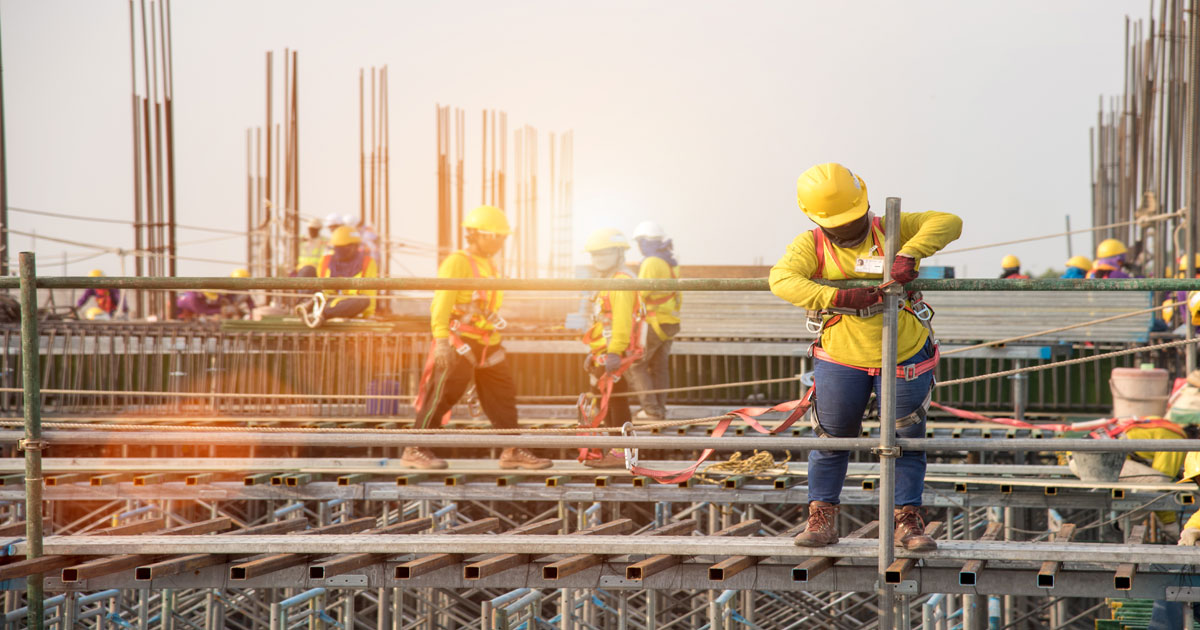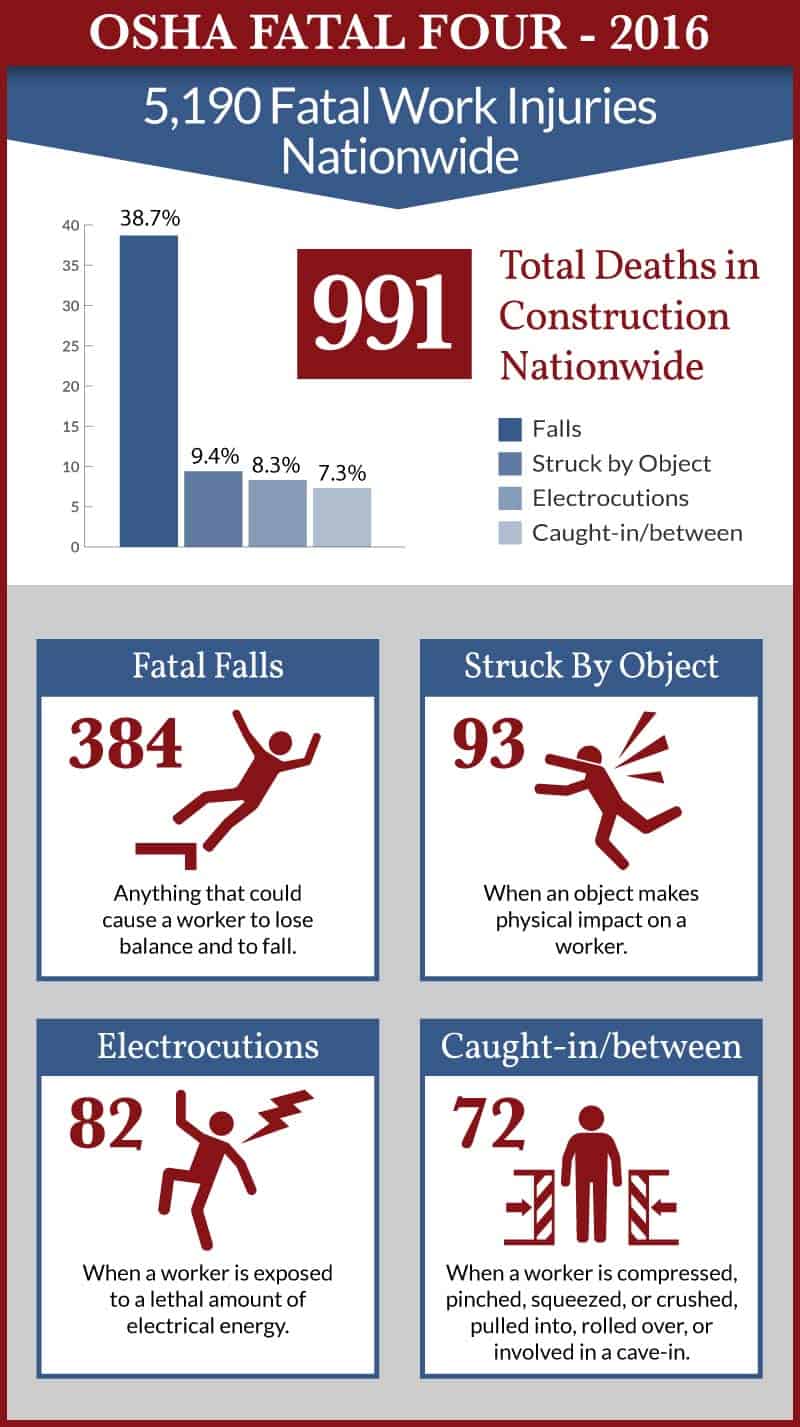Fall Protection Near Exposed Edges

Employees who routinely work on elevated platforms and structures rely on their safety equipment to keep them from getting hurt. However, some safety advocates are warning that fall-arrest systems may not always be foolproof, particularly when they scrape against exposed edges of buildings, scaffolding, and related surfaces.
What are the Limitations of Fall-Arrest Systems?
A fall-arrest system is comprised of a series of tethered cables, wires, or ropes that attach to a worker via some type of harness. Many fall-arrest systems have self-retracting lines, although some do not. Employers are required to provide fall-arrest systems, as well as training on how to use them. That way, employees understand how they can protect themselves when they are working at heights. Nevertheless, fall-arrest systems are not without their limitations.
One of the biggest concerns about fall-arrest systems is the risk that they will catch or slide against exposed edges that may be jagged, sharp, or textured. When a tethering line scratches across the edge, the line may be abraded or abruptly cut. Recently, two workers died in a northwest state in separate accidents related to their fall-arrest systems severing during a work accident.
Preventing Fall-Arrest System Problems
The solution to avoiding a fall-arrest system breaking or being hindered and causing a team member’s death or serious injury involves a multi-pronged, preventative approach. The approach needs to start with rigorous training surrounding fall-arrest systems and how to set them up. For instance, if a fall-arrest system is likely to come across an exposed edge in the event of an accident, the fall-arrest system should be set up vertically instead of horizontally. While this may not be possible in all situations, a vertical rigging may be practical and suitable in others.
Beyond performing routine evaluations of safety harnesses and tethering lines, workers should take a few minutes to examine any self-retracting lines or non-self-retracting lines for indications of wear and tear. A simple visual exploration of the tethering line could save a life.
Employees and their supervisors should regularly note the placement of any potentially hazardous edges on work sites. They can then alert everyone on the crew to their findings, spreading the word about a recognized area that could prove problematic. If possible, they may be able to cover the exposed edges temporarily while working in that area.
What Happens in the Event of a Fall-Arrest System Failure?
Workers in Pennsylvania who have been hurt because of a fall-arrest system that was compromised by an exposed edge, such as a rooftop or piece of decking material, should contact their personnel departments about Workers’ Compensation. If their claims are denied or they receive compensation that does not measure up to their medical bills, they may want to seek the help of a work injury lawyer.
Bucks County Work Injury Lawyers at Freedman & Lorry, P.C. Advocate for Injured Employees
If you were hurt after falling while at work, despite wearing a fall-arrest system, contact a knowledgeable Bucks County work injury lawyer at Freedman & Lorry, P.C. We will fight for the benefits you rightfully deserve. Call us at 888-999-1962 or contact us online. Located in Cherry Hill, New Jersey, Philadelphia, and Pinehurst, North Carolina, we serve clients throughout Pennsylvania.
